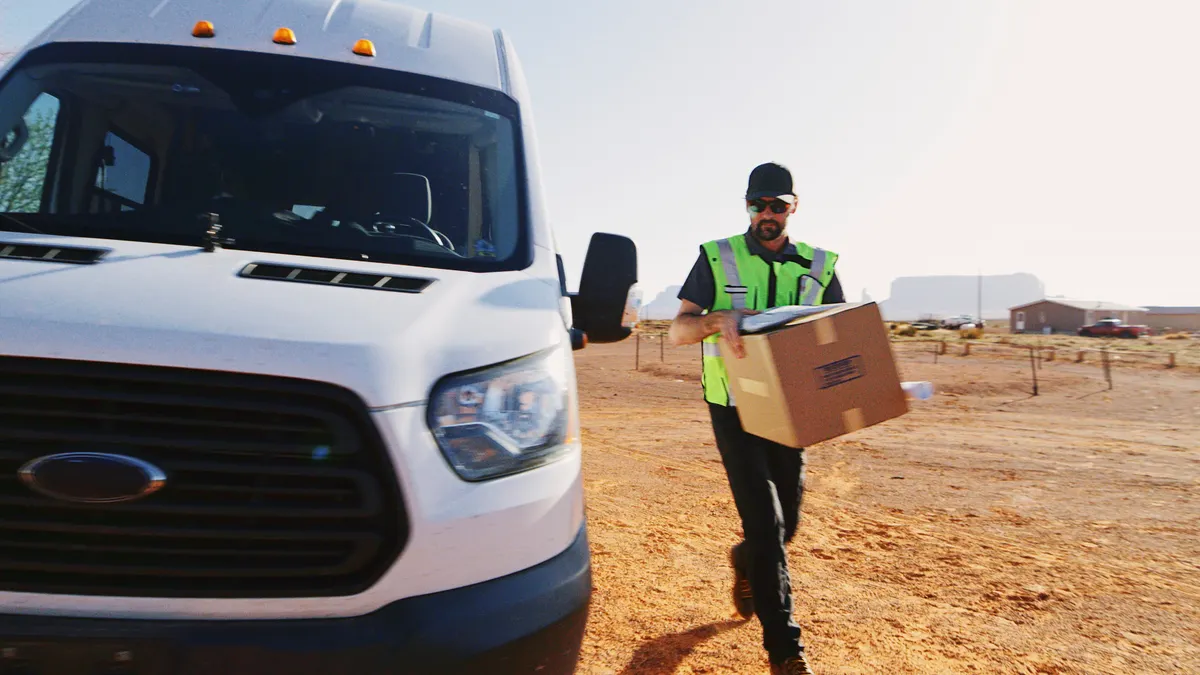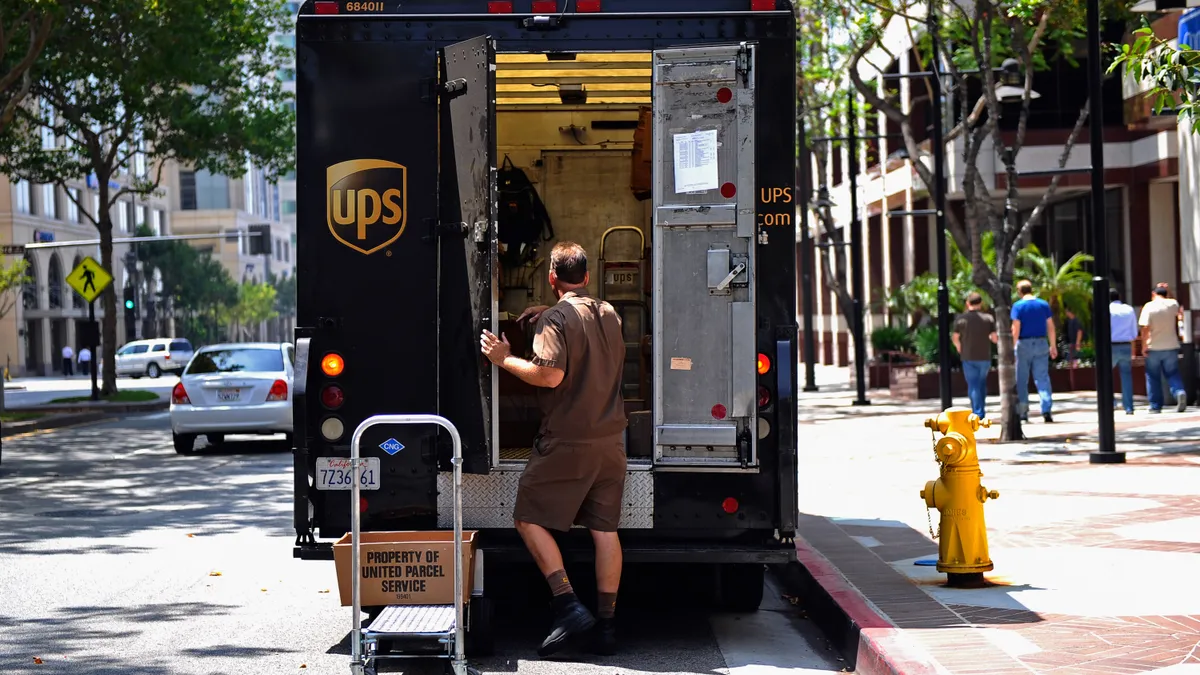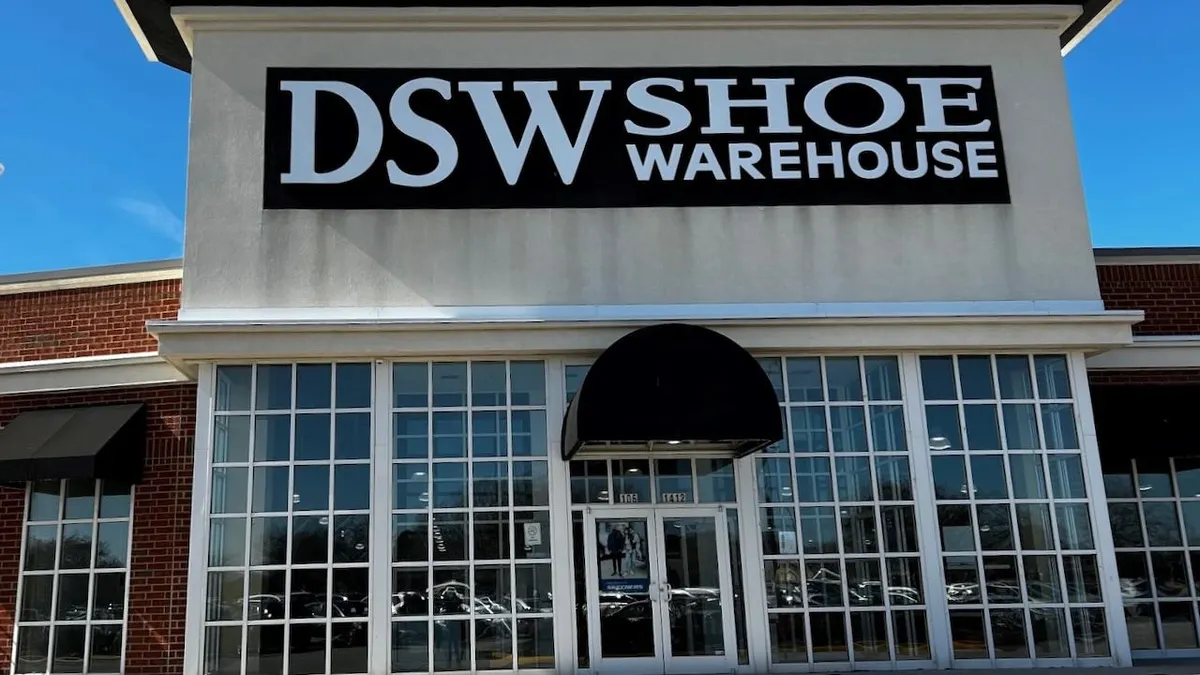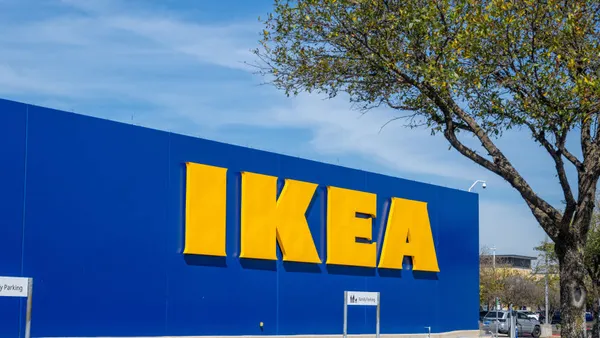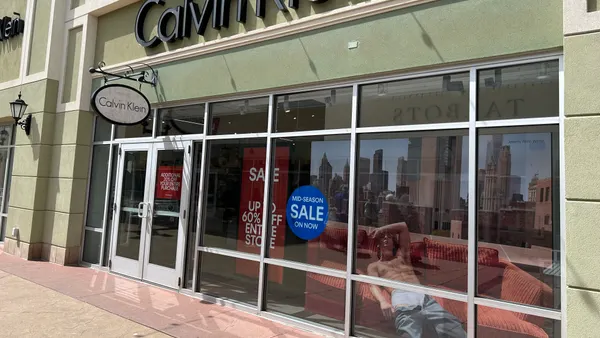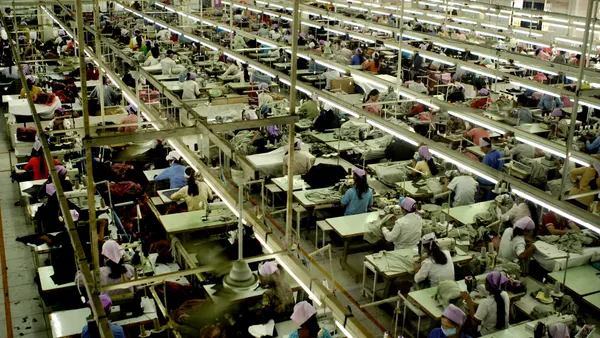For consumers living in metro areas or suburbs, fast delivery is no longer a luxury but an expectation. It doesn’t matter if they order a new book or new tires for their car; odds are, they can find a retailer willing to deliver it within 24 hours. Residents of rural areas, however, don’t have that same expectation.
For the tens of millions of people who live in areas where even access to food delivery may be scarce, the two-day delivery expectations set years ago by Amazon remain the standard (on a good day), while same-day delivery seems like an extravagance. It’s worth noting, however, that there is a difference between expectations and desires. Not only do rural residents want fast delivery, but they’re also willing to pay for it.
Understanding the rural shopper
Consider rural residents for a moment and what that really means. These are people who sometimes need to drive 30 minutes just to pick up bread and milk from the store. So perhaps it should be no surprise that these shoppers are increasing their online purchases at a rapid pace, with 59% of rural residents saying they received more deliveries this year than the year before, according to a new survey of more than 1,000 online shoppers conducted by Roadie and Supply Chain Dive’s studioID. This number is on par with urban residents (58%) and notably higher than suburban dwellers (49%), who said the same.
Just because rural dwellers don’t expect access to faster options, it doesn’t mean they wouldn’t use them if they were more readily available. Despite limited options, almost a quarter (24%) of rural consumers say they already always choose the fastest delivery method for their orders. Even better for sellers, 58% of rural respondents say they will pay for 24-hour delivery for urgent items, and more than one-third (35%) say they will pay an additional fee for 24-hour delivery of big and bulky items. A majority (60%) also said they were completely or very satisfied that the last time they paid for faster delivery, the cost was justified.
This information should be a wake-up call for retailers, as 24.4% of the U.S. population lives in rural areas. E-commerce growth is no longer confined to urban centers. Rural markets represent not only an underserved segment of the population but also a growth opportunity for brands willing to extend their reach beyond the city limits.
“How can we go further for rural customers?” says Dennis Moon, chief operating officer at Roadie, a crowdsourced delivery platform. “It can be done, but you have to layer in AI and machine learning and data science to really build out the most economical way to get from Point A to Point B, and maybe that means stopping at Points C, D and E to make that furthest point more economical. If you’re one of the many retailers that opened up more rural distribution centers during the pandemic, maybe you can fulfill orders from there, where your inventory is closer to that rural population.”
Additionally, as sellers build out faster delivery to rural markets, they should consider that marketing tactics targeting rural consumers may vary from the norm. Our survey showed that rural shoppers are:
- Less likely to join membership clubs to get free delivery
- More likely to delay purchases to better control when they will arrive
- Less likely to purchase items from a retailer because the retailer offers free returns
So how do senders get goods to rural residences when the last mile has so many extra miles in it?
Closing the gap with hyperlocal delivery networks
Rural shoppers want faster delivery and they’re happy to pay for it — but they don’t necessarily trust every delivery provider to make it happen. While very trusting of national parcel carriers, these respondents were less likely to trust regional carriers or gig-based delivery apps.
And yet, it’s the regional and gig drivers who can get those purchased items to their destination within 24 hours, which complicates matters. Parcel carrier networks aren’t built to make same-day or 24-hour deliveries, especially when the item is oversized.
“Rural customers don’t have the experience with independent contractor deliveries that people in a larger population center do,” Moon says. “And sometimes they have a UPS or postal driver that’s been delivering to them for decades. They’re just not used to seeing someone pull into their driveway in a sedan with their package, even though the gig driver may actually be faster and higher quality because they can be more flexible. It’s just getting customers used to it, and the only way to bridge that gap is through communication and time.”
There is one last thing retailers should note from the survey. Quality in the last mile matters to rural customers. Nearly half (48%) of rural respondents said they have chosen not to order from a retailer because of a previous poor delivery experience.
As a UPS company, Roadie pairs the national scale and reliability of UPS with an on-demand, hyperlocal delivery network. This means retailers don’t have to sacrifice brand trust to get the speed they want. Roadie can enable delivery within 100 miles of virtually any inventory location, which allows you to reach a wide range of rural homes.
Extending the limits of same-day service
If the survey data tells us anything, it’s that same-day delivery won’t stay confined to urban and suburban markets for long. Rural shoppers have signaled that they are ready for same-day options at checkout, and retailers who answer that call with quality service will have a competitive advantage as they gain their trust and loyalty. To create a better, more equitable customer experience, don’t stop at the city limits.
Connect with Roadie to learn how your business can meet rising expectations for same-day delivery.

